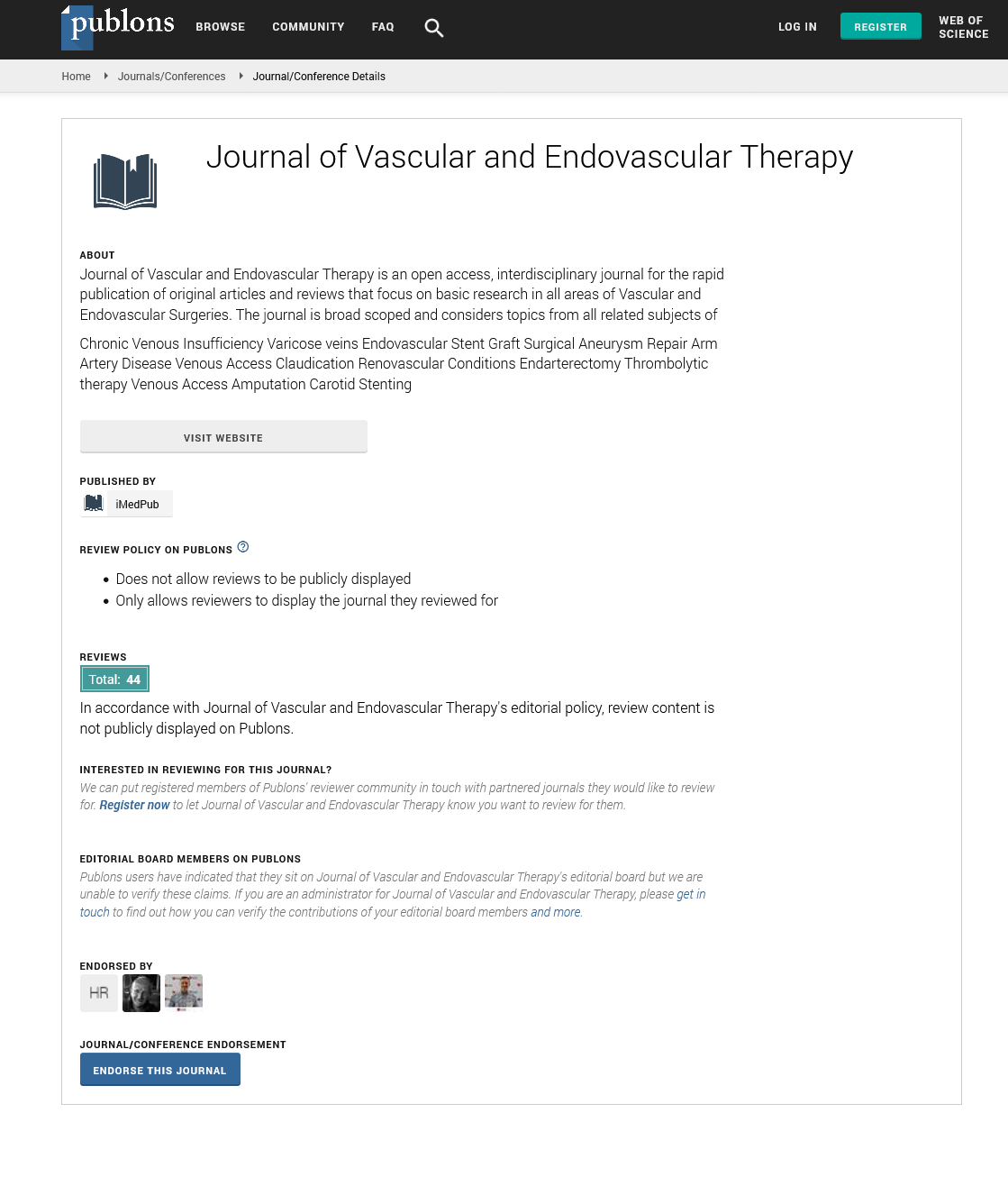Abstract
Catheter Directed Thrombolytic Therapy for Acute Deep Vein Thrombosis-Our Experience
Objectives: The objective of this study is to ascertain that the catheter directed thrombolytic therapy for acute deep vein thrombosis results in significant reduction in the thrombus burden while minimizing the systemic thrombolytic effects.
Materials and Methods: This was a retrospective cross-sectional study carried out in the department of Cardiothoracic and vascular Surgery from September 2016 to February 2020. All the patients included in this study were taken from the Medical records of the hospital considering International Classification of Diseases code.
Results: This was a 4-year retrospective study and total number of 100 patients were included in the study. Males contributed to 68% and 32% females. 82 % of the total cases of acute deep vein thrombosis of lower limbs and 18 % are of upper limb deep vein thrombosis. Acute deep vein thrombosis (DVT) within 14 days of presentation are included in this study. The age group between 20 years and 86 years are included with average age being 43.2 years. Provoking factors were found in 12 cases as May thurner’s Syndrome.
Conclusions: Acute deep vein thrombosis is a common disease and is associated with complication of Post thrombotic syndrome (PTS) and Pulmonary thromboembolism( PTE). Catheter directed thrombolytic therapy of acute deep vein thrombosis is associated with decreased thrombus burden and maintenance of the vein valve patency which prevents progression into Post thrombotic Syndrome.
Author(s):
Harivadan Lukka, Aditya Nutakki and Manitha Kondru
Abstract | Full-Text | PDF
Share this

Google scholar citation report
Citations : 177
Journal of Vascular and Endovascular Therapy received 177 citations as per google scholar report
Journal of Vascular and Endovascular Therapy peer review process verified at publons
Abstracted/Indexed in
- Google Scholar
- Open J Gate
- Publons
- Geneva Foundation for Medical Education and Research
- Secret Search Engine Labs
Open Access Journals
- Aquaculture & Veterinary Science
- Chemistry & Chemical Sciences
- Clinical Sciences
- Engineering
- General Science
- Genetics & Molecular Biology
- Health Care & Nursing
- Immunology & Microbiology
- Materials Science
- Mathematics & Physics
- Medical Sciences
- Neurology & Psychiatry
- Oncology & Cancer Science
- Pharmaceutical Sciences


